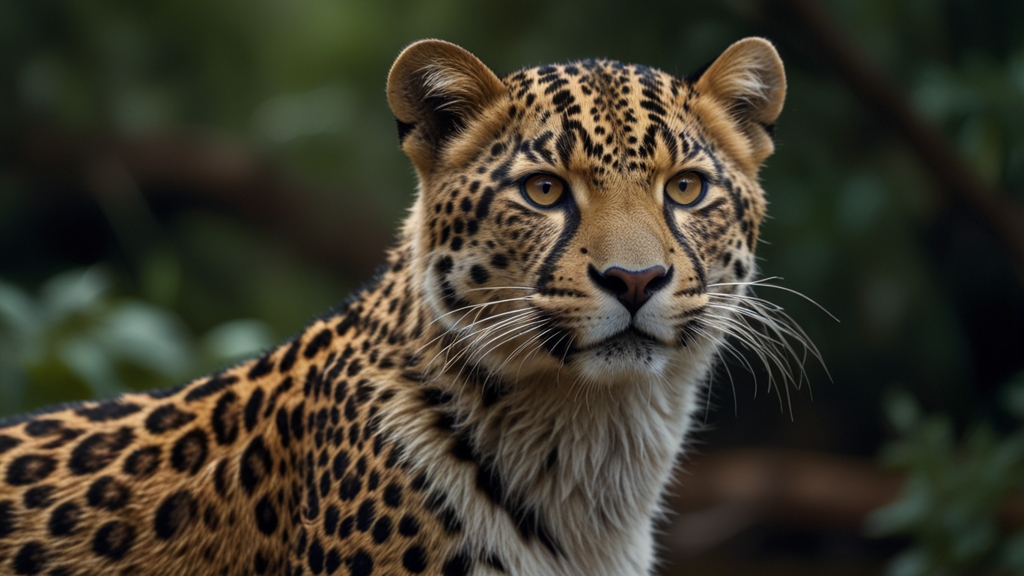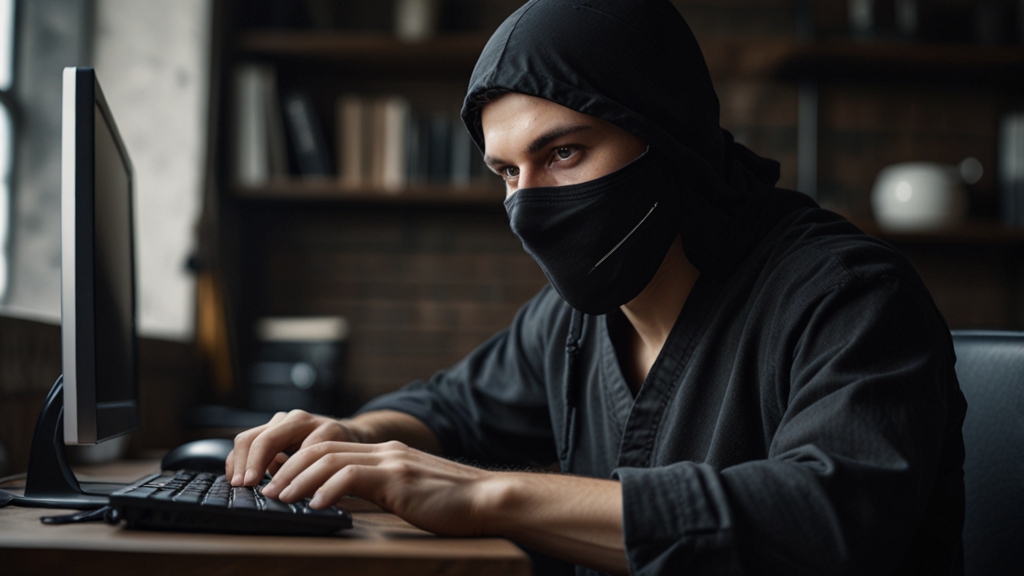Unraveling the Mystery of Animal Migration Patterns
Animal migration has fascinated scientists and nature enthusiasts alike for centuries. From the subtle, seasonal movements of birds to the awe-inspiring journeys of marine animals, migration is a natural phenomenon characterized by its complexity and purpose. This article delves into the reasons behind these incredible journeys, the navigational feats animals accomplish, and the ongoing research efforts to understand and preserve migratory routes.
The Purpose Behind Migration
At its core, migration is primarily driven by the need to survive and reproduce. Seasonal changes in climate, availability of food, and breeding necessities prompt different species to embark on long, often perilous journeys. For instance, many bird species migrate from the Northern to the Southern Hemisphere to avoid the harsh winters and exploit more abundant food sources. Similarly, wildebeests in Africa undertake annual migrations across the Serengeti in search of fresh grazing lands and water.
"The sight of a flock of birds taking to the skies or a herd of animals moving in unison across the plains is not just a testament to nature's beauty, but also to the intricate ecological and evolutionary processes at play."
Navigation and Orientation
One of the most intriguing aspects of animal migration is the ability of these creatures to navigate across vast distances with remarkable precision. Birds, for instance, use a combination of the Earth's magnetic fields, the position of the sun and stars, and even olfactory cues to find their way. Research has shown that some bird species possess magnetoreceptors in their beaks or brains, allowing them to detect and navigate using the Earth's magnetic field.
Marine animals, such as sea turtles and whales, also exhibit incredible navigational skills. Sea turtles, after traveling thousands of miles, return to lay their eggs on the very beach where they were born. This phenomenon, known as natal homing, is thought to be guided by a combination of magnetic and olfactory cues.
"Understanding how animals navigate during migration not only sheds light on their adaptive behaviors but also holds potential applications for improving human navigation technologies."
Technological Advances in Studying Migration
The advancement of technology has significantly enhanced our ability to study and understand animal migration patterns. Satellite telemetry, for instance, has been a game-changer, enabling scientists to track the real-time movements of animals across the globe. GPS devices and biologging tools can now be attached to even small animals, providing valuable data on migration routes, stopover sites, and behaviors during transit.
These technological tools have also helped uncover the impacts of climate change on migration patterns. Changes in temperature and weather patterns can alter the timing and routes of migration, posing significant challenges to the survival of many species. By understanding these changes, conservationists can develop strategies to mitigate their impacts and protect critical habitats.
Conservation Efforts
The preservation of migratory routes is crucial for the survival of many species. Habitats that provide stopover points for rest and refueling during migration must be protected from human-induced threats such as habitat destruction, pollution, and climate change. International cooperation is often required, as migratory species cross multiple countries and continents. Organizations like the Migratory Bird Treaty Act and Ramsar Convention on Wetlands play vital roles in protecting migratory species and their habitats.
"Conserving migratory species is not just about preserving biodiversity; it is about maintaining the health of our ecosystems and the intricate web of life that sustains all species, including humans."
Conclusion
Animal migration remains one of the most fascinating mysteries of the natural world. As our technological capabilities continue to advance, so too does our understanding of the intricate patterns and driving forces behind these epic journeys. Protecting these migration routes is essential, not only for the survival of countless species but for the health and balance of global ecosystems. Through continued research and conservation efforts, we can ensure that future generations will marvel at the sight of migrating animals and appreciate the remarkable phenomena that underpin their existence.












